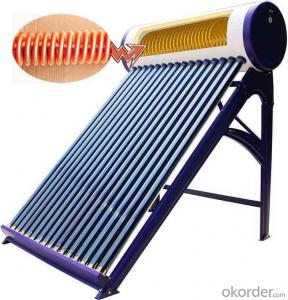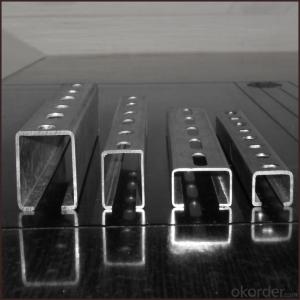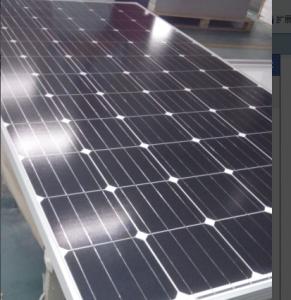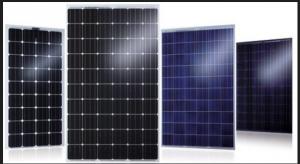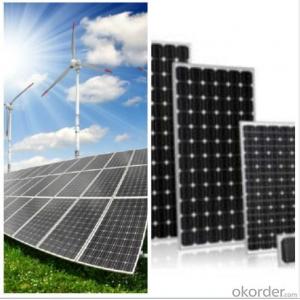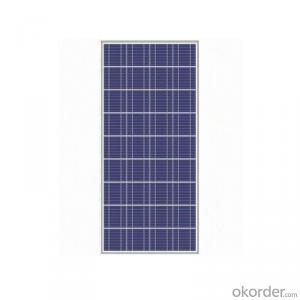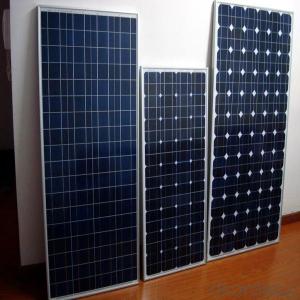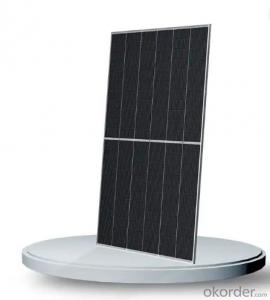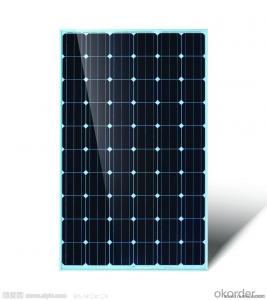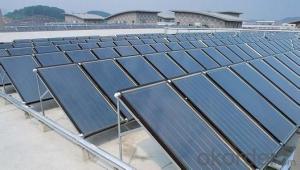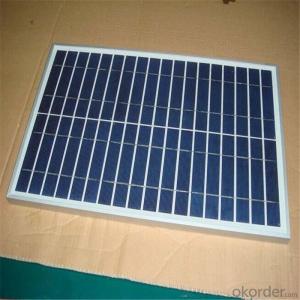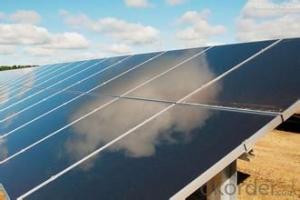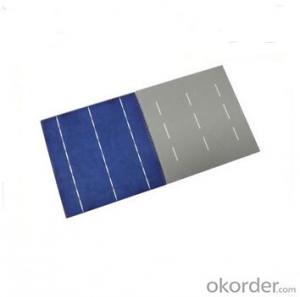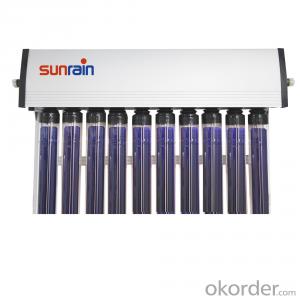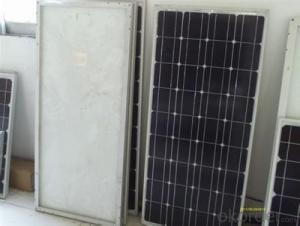Hjt Solar Cells
Hjt Solar Cells Related Searches
Hjt Solar Module High Temperature Solar Cells Heterojunction Solar Cells Hot Solar Cells High Power Solar Cells High Voltage Solar Cells High Performance Solar Cells High Efficiency Solar Cells Mj Solar Cells Hyundai Solar Cells High Output Solar Cells Heliatek Organic Solar Cells Hobby Solar Cells High Wattage Solar Cells Atj Solar Cells Hexagonal Solar Cells Highest Efficiency Solar Cells Home Depot Solar Cells Honda Solar Cells Photovoltaic Solar Cells Czts Thin Film Solar Cells Highly Transparent Solar Cells High Quality Solar Cells Satellite Solar Cells Rv Solar Cells Home Built Solar Cells Hanwha Solar Cells Bulk Solar Cells Algae Solar Cells Cztsse Solar CellsHjt Solar Cells Supplier & Manufacturer from China
Hjt Solar Cells are advanced photovoltaic devices that utilize a heterojunction structure to achieve higher efficiency in converting sunlight into electricity. These cells are known for their excellent performance, making them a popular choice in the renewable energy industry. Hjt Solar Cells are widely used in various applications, such as residential rooftops, commercial buildings, and large-scale solar power plants. Their ability to generate electricity even under low-light conditions and high temperatures makes them suitable for diverse environments and climates. Okorder.com is a leading wholesale supplier of Hjt Solar Cells, offering a vast inventory to cater to the growing demand for this cutting-edge technology. With a commitment to quality and customer satisfaction, Okorder.com ensures that Hjt Solar Cells are readily available for businesses and individuals looking to harness the power of the sun.Hot Products






